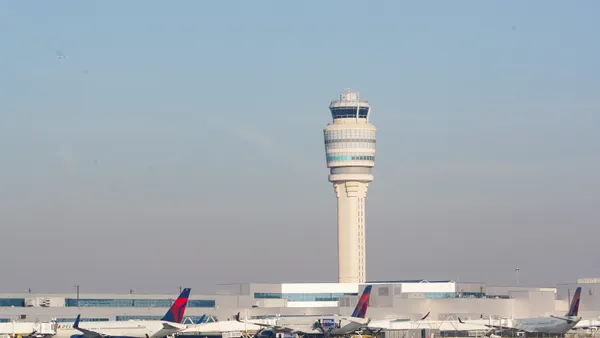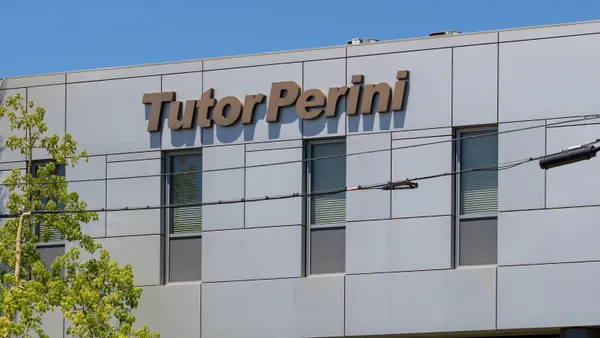Dive Brief:
- California High Speed Rail Authority representatives told a California Assembly transportation committee that the controversial $68 billion bullet train project could take longer to build, but costs should come down, the Los Angeles Times reported. Two rail authority officials and the chairman of a peer review panel testified.
- Rail authority officials spent much of the hearing responding to and disputing allegations in an October 2015 LA Times investigative report, which indicated that the authority was not upfront about actual costs and overall feasibility of the project.
- The high-speed rail project that will connect Los Angeles to San Francisco is more than two years behind schedule and needs private investment in order to be completed.
Dive Insight:
Rail authority Chief Executive Jeff Morales attempted to explain a 2013 Parsons Brinckerhoff report — which said the rail project would cost $9 billion more than the authority estimate — by saying it was a draft and was only used in putting the authority’s own estimate together, the LA Times reported.
Morales also said that the extra $9 billion included items that are no longer included in the project.
Vocal critic of the authority’s management, Assemblyman Jim Patterson, told the LA Times that the agency is "hiding behind a draft stamp" and called the oversight session "a show hearing" at which rail authority officials were ambiguous in their testimony.
Louis Thompson, chairman of a state-mandated peer review panel, also testified and said the project needed "significantly closer oversight by a well-funded and long-term branch of the state government."
This was only the first of hearings on the project promised by lawmakers, who have vowed to pursue the matter once the authority releases its 2016 business plan.
Earlier this week, the authority said that in an effort to move the project along, it could decide to begin the system near San Francisco instead of Los Angeles so that it can get a working segment on line without having to perform expensive and time-consuming tunneling.












